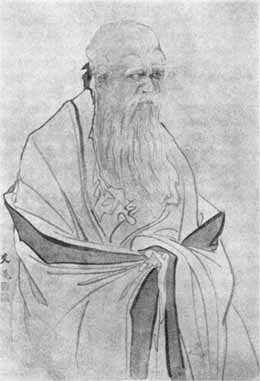Mount Tai And The Origin of Chinese Civilization

“We find, not far from the birthplace of Confucius, the sacred mountain of Tai, the Chinese Olympus. From time immemorial, it stands in the middle of a vast mountain range and stretches majestically across the country. At its feet converges the waters of different rivers, coming from all directions. Clouds surround its summit. It dispenses rain and sunshine around it.”
Origin of Chinese Civilization : Heaven and Earth Harmony
The third peak of the Five Great Mountains of China, Mount Tai rises 1,524 meters in the Yellow River Valley in Shandong Province, the Cradle of Chinese Civilization. Although not the tallest, Mount Tai is considered to be the largest sanctuary in China, the center of Taoist religion. At the beginning of Chinese civilization, it marked the boundary between the known and unknown world, because the province of Shandong, says legend, was populated by mages who studied all their life and lived in contact with the Immortals. Since 2000 BC, Chinese emperors, seventy-two in total, came here on pilgrimage and offered their gifts to Heaven and Earth. However, Tai was never really associated with the teaching of Confucius and the official teaching of the Chinese Empire. Mount Tai is the kingdom of the mage, the alchemist, the rebel.
The religion of the rebels

This rebel was called Laozi and he is the author of Tao Te Ching, the founding book of Taoism. Little is known about this mystical master, born in the sixth century BC and contemporary of Confucius, who taught the path of least resistance, of harmony and not of the struggle with nature. Taoism is a religion that is both strict and sophisticated. Born in an era of perpetual wars, Laozi advocated peace and harmony between the inner and the outer world. Any confrontation, he said, would result from an inability to live in harmony with true nature and reality, the Dao.
Taoists do not recognize the alleged superiority of Man over the so-called lower animals. They prefer observation and harmony of everything. So they became, as a result, the masters of alchemy and prediction. For them, the earth is a living organism, full of vital energy. Taoism was thus at the origin of Feng shui, the teaching of wind and water which makes it possible to discover the orientation of the buildings which combines the best qualities. All the centers of Taoism were chosen according to their vital energy. Mount Tai, the most mysterious and sacred of all Taoist places, is also the richest in energy.
The path is the goal
Overcoming a drop of 1,350 meters, 6,293 steps lead to the lowest temple, dedicated to the god of the Mount Tai : the Jade Emperor Pavilion. In order to get there, one must cross the Celestial Gate from the south. Yu Huang, the Jade Emperor, is the greatest deity of Taoism, the Lord of the Present. But, along the way, there are also other temples, smaller, as well as springs, cypress groves, waterfalls and lakes, which are all places of meditation, prayer and sacrifice. In the past, up to 10,000 people climbed daily to this shrine, but, the Taoist teaching that one can find each of his deities wherever one is, his followers can pray and carry offerings everywhere, because the path is the goal of these rites.









































































































































































































































































































































